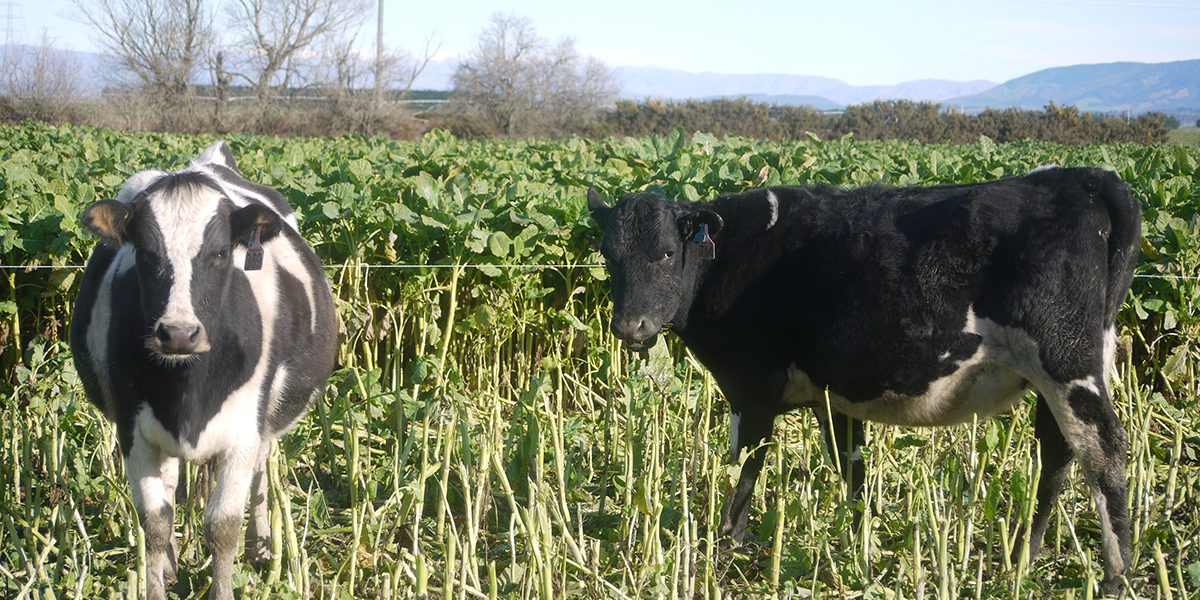
Why should adult cows be vaccinated for 10 strains of clostridial disease? Clostridial diseases are caused by bacteria that live predominantly in the soil, but some strains are found as part of the normal gut biome of the animal. In both cases, infection can result in sudden death, affecting any number of animals, from just one to a whole mob, if they are not appropriately vaccinated.
Clostridial bacteria can enter the animal through ingestion of soil or a deep wound, but they can also overpopulate in the gut due to a sudden diet change or by feeding highly digestible food.
Prevention is better than cure due to the significant economic impact of the disease and the fact that disease often progresses to death too fast to treat. There are many strains of clostridial bacteria, and different vaccines offer different levels of protection. Options include 5-in-1, -8-in-1 and 10-in-1 (the number denotes how many strains are covered). Fuller coverage of 10 strains is the optimum choice, and Covexin®10 is the gold standard option.
Signs to look out for include:
Most farmers vaccinate calves, as fast-growing youngstock are at high risk of disease. Vaccination is not always carried out in mature cows; however adult cattle can still succumb to clostridial disease. Feeding winter crops provides high dry matter feed that is popular for winter grazing, however it has a higher risk of clostridial deaths. Fodder beet can be a high reward feed but does not come without its risks. If cattle are grazing beet, they are more likely to ingest soil along with the bulbs, and this increases their chance of taking in clostridial bacteria. This, accompanied by the high sugar nature of the crop, can lead to the perfect storm for an outbreak. To ensure best protection for these animals, using a clostridial vaccine such as Covexin®10 can provide maximum protection. To ensure adequate coverage, animals need to continue their vaccine regime, that is commonly started as a calf, by giving annual boosters. This can be conveniently administered alongside their annual Lepto vaccination.
Unfortunately, we cannot rely on immunity due to natural exposure. Animals may have many stress factors occurring at once, such as transport, diet change and a high bacterial intake, and these ultimately overwhelm the immune system leading to its failure. We can aid this situation by vaccinating with an optimum coverage vaccine such as Covexin®10. One of the main benefits of the 10-strain vaccine is it covers for Clostridium sordelii, the “sudden death” strain.
Risk factors include:
Diagnosis can be made through a combination of post-mortem examination accompanied by the history of the animals. It can sometimes be confirmed at the lab, but this is not always the case.
Extras included in Covexin®10 over 5-strain vaccines:
If you are seeing cases of sudden death, high losses on winter feed and animals struggling with diet transition, or you want to discuss the benefit of vaccinating your herd, ensure you phone your veterinarian.